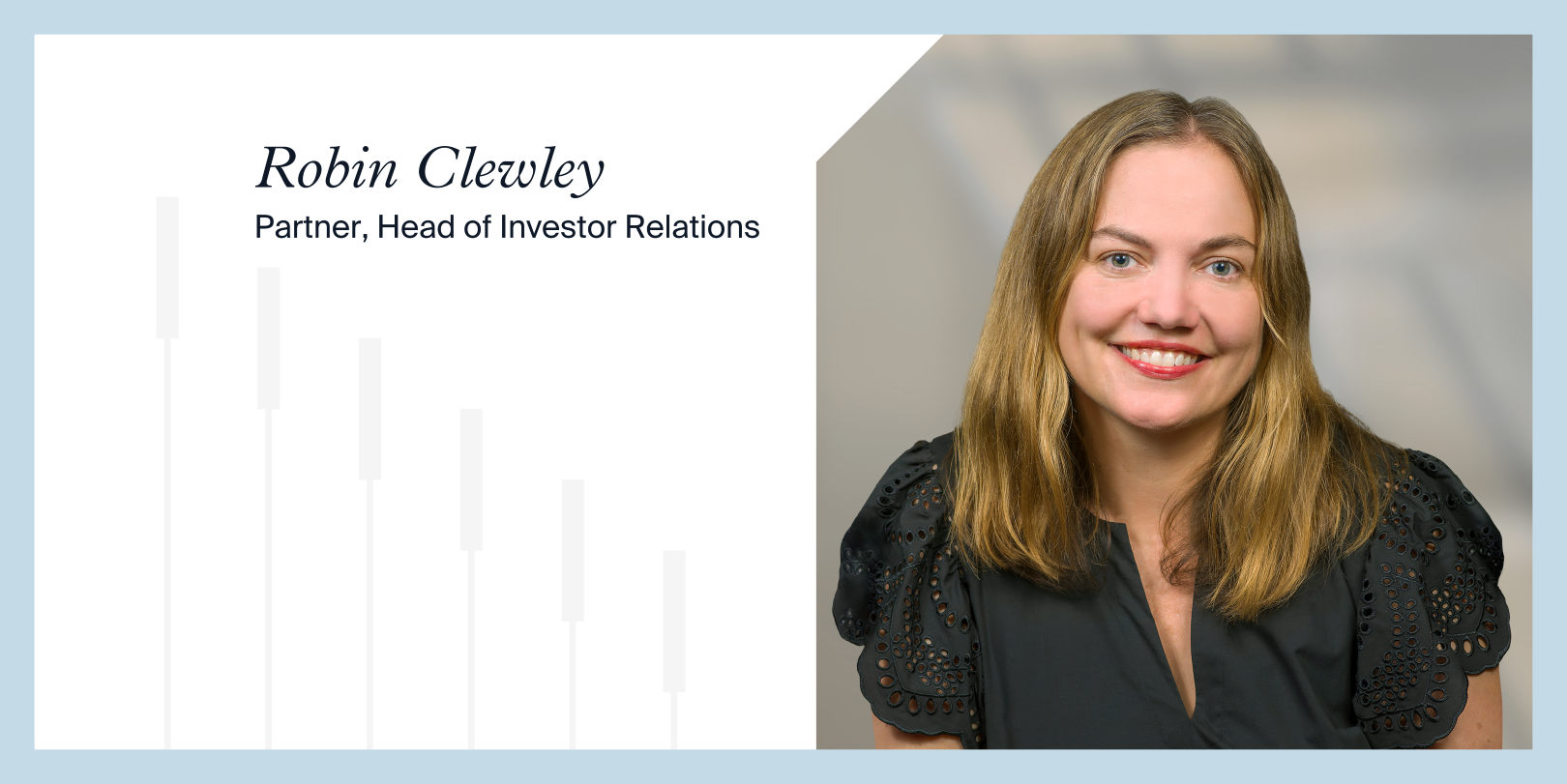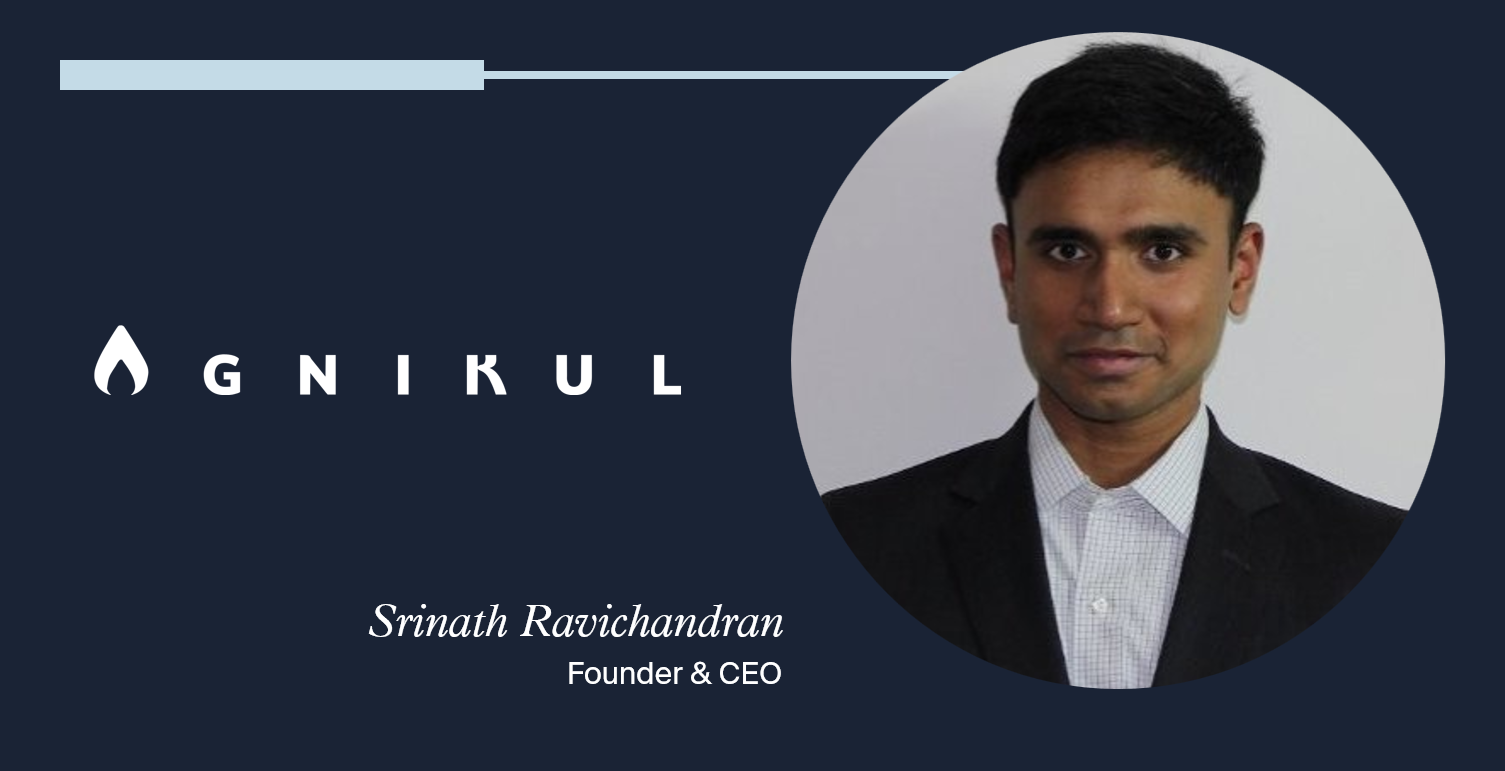Q&A With Robin Clewley: The Power of Timing, Truth, and Taking Risks
Q&A With Robin Clewley: The Power of Timing, Truth, and Taking Risks
Celesta Partner Robin Clewley didn’t follow a straight line into venture capital. She began as a journalist, developed a two-decade career in marketing and communications across fields including architecture, social impact, and startups, earned her MBA at Berkeley Haas, and then pivoted inside Celesta from marketing to investor relations and investing.
In this conversation, Robin reflects on the value of marketing instincts in investing, the discipline of product-market fit and timing, the value of intellectual honesty, and which AI frontiers excite her most.

Celesta Partner Robin Clewley didn’t follow a straight line into venture capital. She began as a journalist, developed a two-decade career in marketing and communications across fields including architecture, social impact, and startups, earned her MBA at Berkeley Haas, and then pivoted inside Celesta from marketing to investor relations and investing.
In this conversation, Robin reflects on the value of marketing instincts in investing, the discipline of product-market fit and timing, the value of intellectual honesty, and which AI frontiers excite her most.
Can you share the arc of your training and professional background?
I actually started as a journalist at Wired, which sparked a lifelong curiosity about technology. From there I moved into a range of marketing roles, including at a Celesta portfolio company, and earlier I held communications roles at the Gates Foundation. I joined Celesta to lead marketing and advise portfolio companies on positioning, crisis communications, pricing, and go-to-market. Most recently, I pivoted into investor relations while also working on deals.
It’s a circuitous route, but in hindsight, it’s a natural evolution from journalism: I’m still following my curiosity about where technology is headed and the people building that future—Celesta is the perfect Venn diagram of those interests.
Does your marketing background give you a unique lens as an investor?
Yes, I would say so. Many great investors are deeply technical or financially oriented, but companies win or lose on product-market fit. Marketing builds in a healthy skepticism: How are we different? Who else is out there? What is the competitive reality?
Founders can be so deeply immersed in technology that they forget to pull up to consider their positioning and differentiation. One lesson I took from business school: the moment you think you’ve cornered a market, you’re basically wearing a sign that says “take my money.” The moat must be continually built. That’s where marketing instincts help.
What professional accomplishment are you most proud of?
Making a mid-career pivot. I’m proud of myself for being willing to start again, make mistakes, and learn new things—and grateful that Celesta supported me. Not many firms do that. I feel more engaged and committed than ever because I was given the chance—and because I took it.
What does your role at Celesta look like today?
Roughly two-thirds of my time is Investor Relations: spending time with our current LPs to share what’s happening at the firm—from performance to portfolio progress to new partnerships. This can take a lot of forms. For example, we host quarterly summits with some of our corporate LPs who want to understand where deep tech is headed and how startups can help them protect their moat—or become customers themselves. The needs and interests for all of our LPs are different, so the challenge comes in scaling that personalization.
I also spend time with prospective LPs; for example, I just returned from meetings in the Middle East with groups particularly interested in the next wave of innovation in semiconductors and AI. My remaining time is on deals and supporting the partner team as needed.
The thing I really enjoy about the Celesta partnership is the commitment to intellectual honesty—challenging assumptions and being rigorous with ourselves and our companies.
Which investments have been most meaningful so far?
I recently worked end-to-end on a company called HiOctave that recently came out of stealth, which Celesta helped to incubate. Building the model, cap table, market sizing, and competitive analysis–it was a classic “always a student” moment.
I’m excited to do more of those and to source opportunities myself—some are emerging from angel-stage networks, and as they mature, they could be right for Celesta.
What are the most important things a company should get right as it builds and scales?
Product-market fit and timing. You can have the most differentiated and powerful piece of IP in the world, but if the market isn’t ready—or isn’t the right one—there’s no point. The art of investing is often the timing: not too early, not too late, and with a clear understanding of the first wedge into the market.
Where does Celesta add the most value to early-stage teams?
Two places. First, access to technical experts across deep tech domains—wireless, sensing, and more. Second, best-in-class operating wisdom from people who’ve built billion-dollar businesses: when to outsource manufacturing, when to narrow or spin out non-core projects, even how to prepare as an acquisition target.
Most importantly, Celesta offers objective counsel. Founders are close to their product by design; our job is to provide the intellectual honesty to challenge assumptions. That ethos—being rigorous with ourselves and our companies—is a major reason to choose Celesta as a partner.
What makes you excited about technology investing right now?
When I was at Wired in the early 2000s, the internet was exploding. Today’s AI inflection is even more transformative, and happening more quickly. That brings huge opportunity—and responsibility. We should be intentional about backing ethical founders and stress-testing how technologies might be used for good or ill.
Personally, I’d love to formalize an “Ethical Considerations” section in our deal discussions. You can’t foresee everything, but asking the questions early is differentiating. The next generation of founders cares deeply about the world they’re building; as investors, we should meet that moment.
Within AI, Bioconvergence companies most excite me, especially AI-enabled drug discovery. It’s still early, but the potential to compress timelines and tackle intractable diseases is enormous. As public funding ebbs in some areas, private capital has an important role to play. It’s both exciting and urgent.
What are you reading or listening to right now?
A recent favorite is Circe—a retelling of a Greek myth that reframes a historically one-dimensional figure with nuance and agency. I actually read it while in Greece, which made it vivid. I love works that challenge established narratives. It’s a good reminder for investing: resist black-and-white thinking; sit with the gray areas where real insight often lives.



.jpeg)

